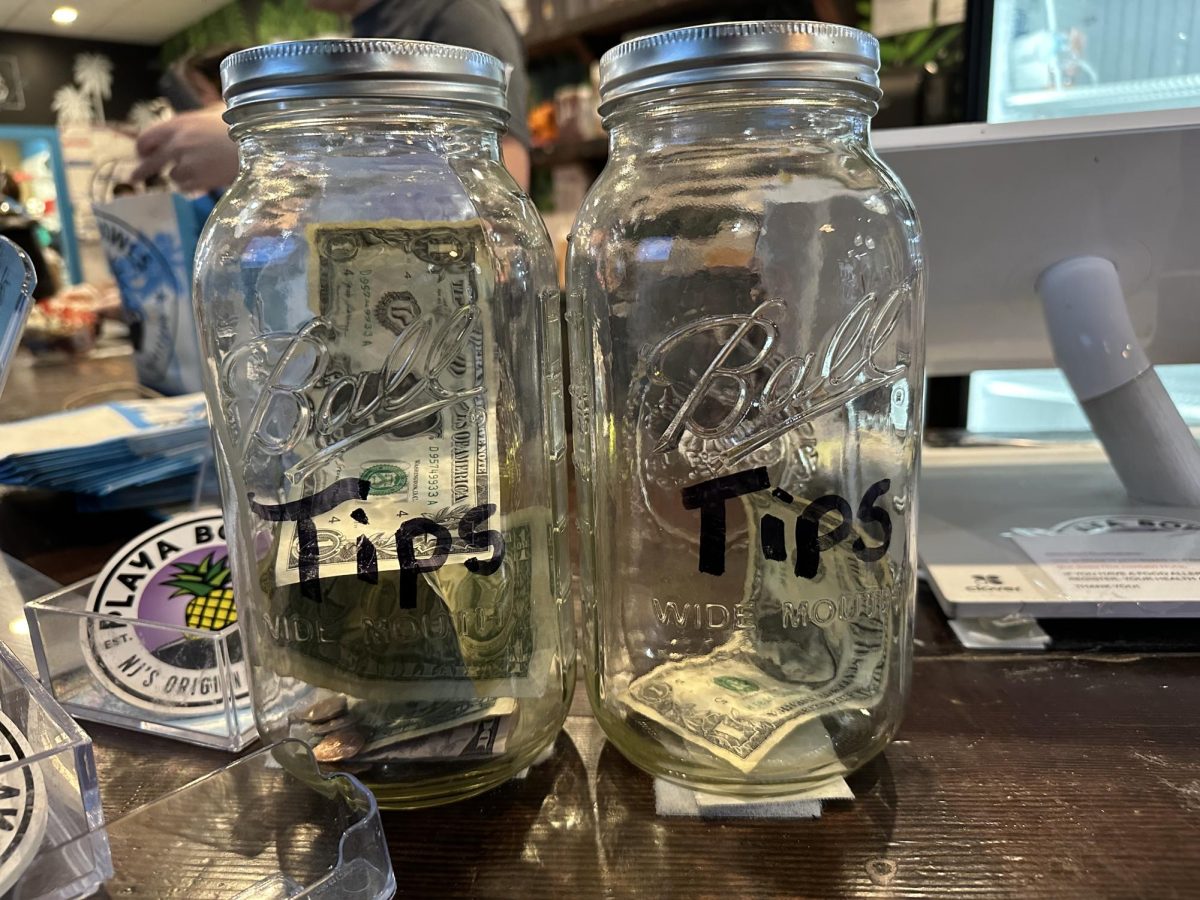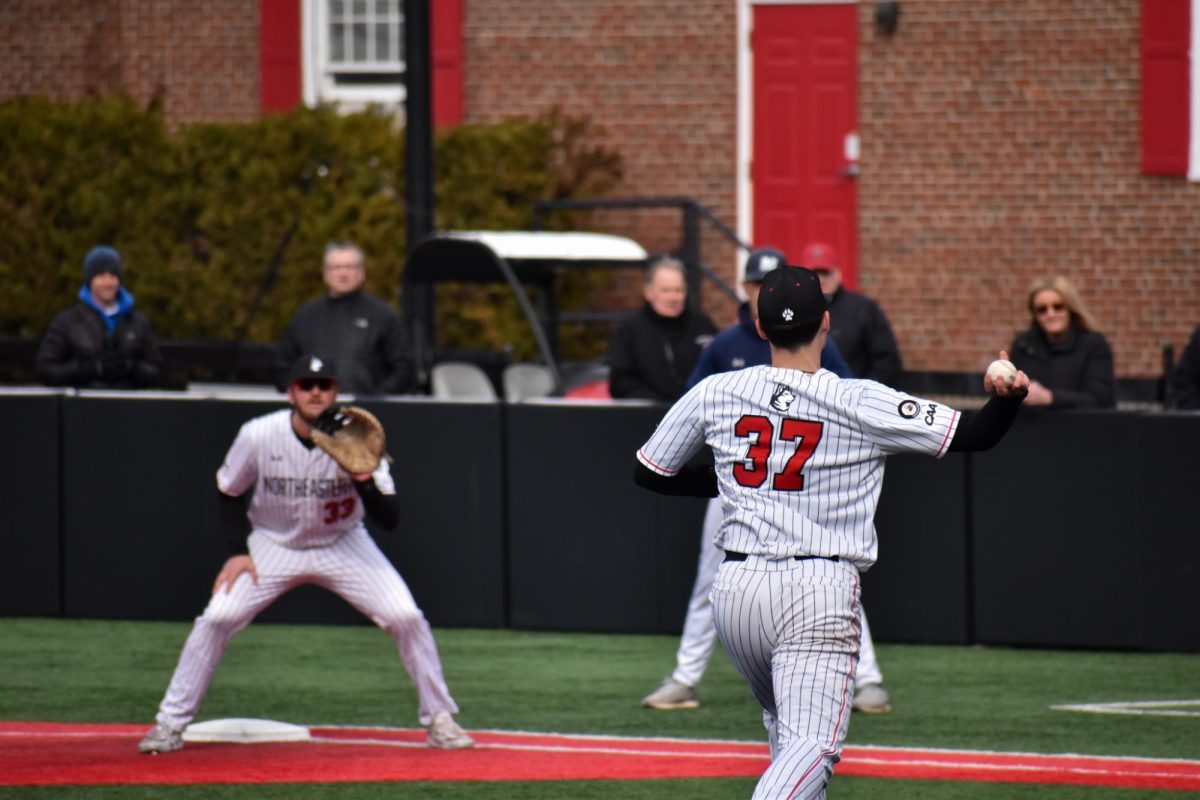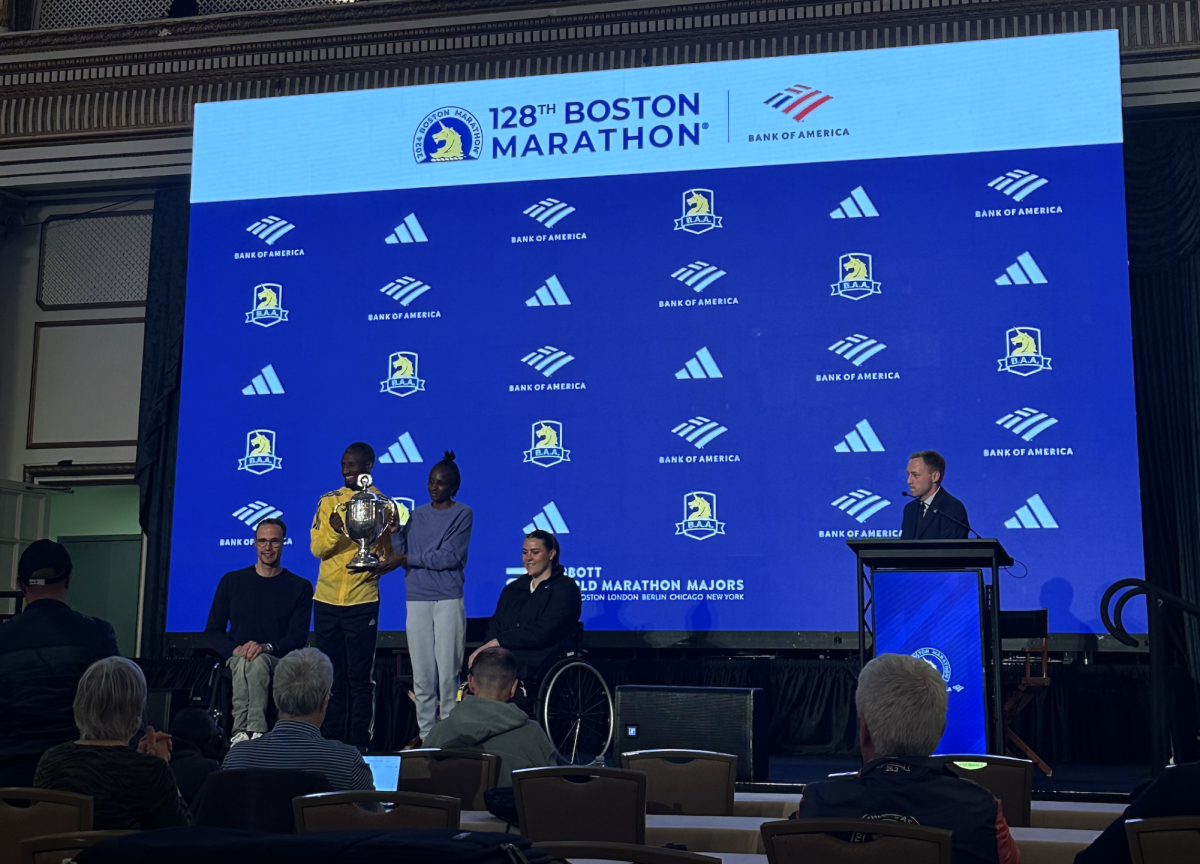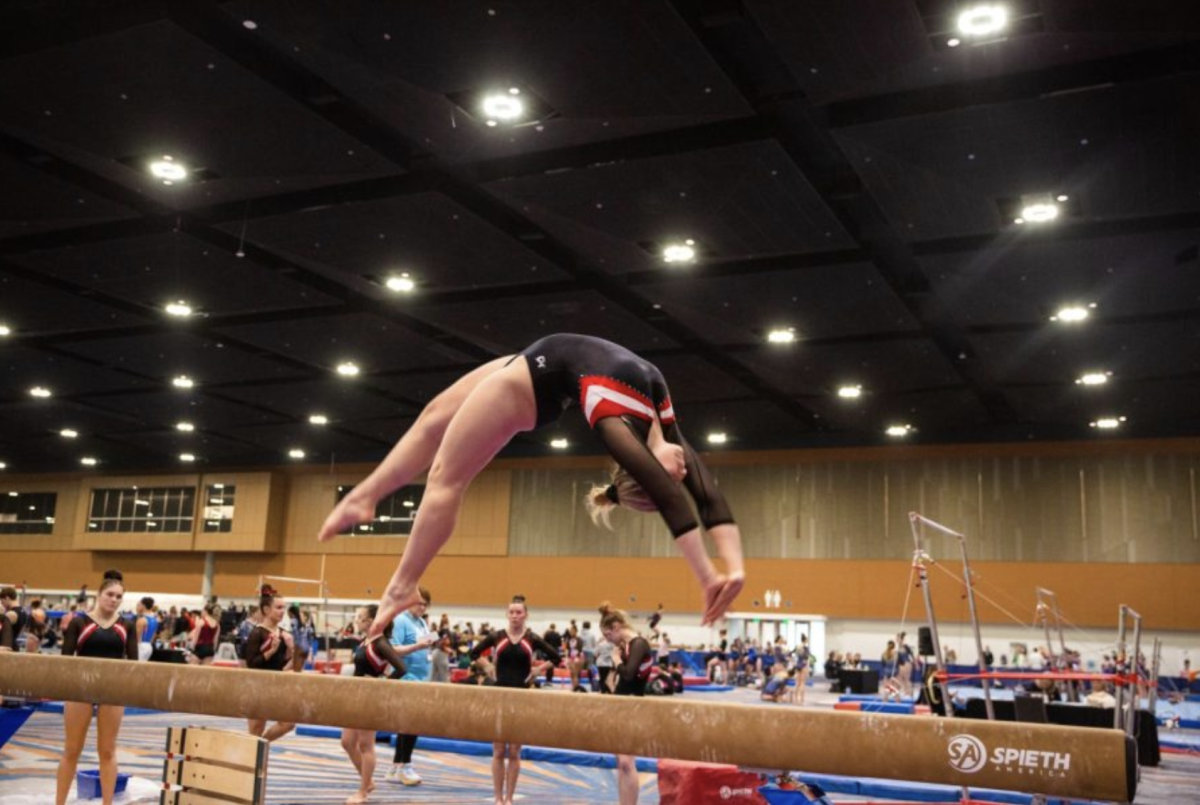How many times have you seen a wide receiver streak 40-yards downfield in nothing but a pair of painted-on compression shorts and catch a touchdown pass?
Or, as soon as the ball has been snapped, have you ever seen an offensive lineman lie on his back and start pumping out bench presses, using the blitzing defender as the bar?
Welcome to the ridiculousness that is the NFL Scouting Combine.
Last weekend, coaches and scouts were scattered around Lucas Oil Stadium in Indianapolis, analyzing every jump, bench press and dash. Devoted fans anxiously watched ESPN as the results came in, hoping that the three cone drill would reveal the projected mid-round running back their team needed to pick to supplement their ground game.
The NFL Combine is the holy grail for those that feel the absolute need to have “measurables” on a player, some sort of statistic they can hang their hat on to convince them they are making the right selection.
The problem with the combine is that these measurables aren’t directly reflective of a player’s on-field worth. Yes, a wide receiver that runs a 4.30 second 40-yard dash has unbelievable straight-line speed, that is undeniable. But do they have the strength and technique to get past corners jamming them on the line and get into their routes, or the field presence to locate the ball in the air and position themselves to catch it?
These are the real-game demands of an NFL-ready receiver, but none of them are expressed in the number 4.30.
4.30 is how fast that prospect ran 40 yards, undefended, in little else than his cleats, socks and spandex underwear, and yet it has the power to move him from a late first-round or early second-round pick to a top 10 selection.
Darrius Heyward-Bey had the aforementioned 4.30-40 time. After posting 609 receiving yards and five touchdowns in his junior season at Maryland, he entered the 2009 Combine the consensus third or fourth best receiver in the draft class. His combine performance made him the seventh overall pick in the draft, and the first wide receiver taken – ahead of Michael Crabtree, Jeremy Maclin, Percy Harvin, Hakeem Nicks, Kenny Britt and Mike Wallace, among others.
Based on 2012 stats, Heyward-Bey was the fourth most productive receiver from the class of 2009, behind Crabtree, Maclin, and Wallace. In perhaps the greatest draft irony of all, Heyward-Bey shot to the top of class on his speed alone, but third round selection Wallace would gain the reputation of being the fastest wideout in the league.
The Heyward-Bey bust is just one of many freak combine performances that didn’t pan out, notable others include Matt Jones and Vernon Gholston.
I understand why the combine exists. Affixing a numerical value to nebulous player characteristics like a wide receiver’s reach, or a lineman’s blocking strength can be helpful in a general manager’s mind when it comes to actually making a decision on draft day. That said, it shouldn’t be a substitute for what a player looks like on film, and it definitely shouldn’t be the de facto reason for a player’s selection.
There is a time and place for drafting a player that surprised the combine with his performance – it is anywhere but the first round.
First round picks are far too valuable (Google “NFL Draft Value Chart” if you want to see the specifics) to be spent on players whose draft stocks have increased from combine measurables. A team’s first selection should be spent on a player they’ve been targeting and analyzing for months, not the guy that shot to the top of everyone’s draft boards after an impressive weekend in February.
The combine metrics should validate the decision to draft a player that was already on a team’s radar. If that player is off the draft board when it comes time to make a selection, there’s nothing wrong with trading down and building an arsenal of second and third round picks (as the Patriots have shown).
Why give in to the market hype and “buy high” on a player whose inflated value is based on measurables that are loosely tied to their on-field performance?
– Dylan Lewis can be reached at [email protected].












